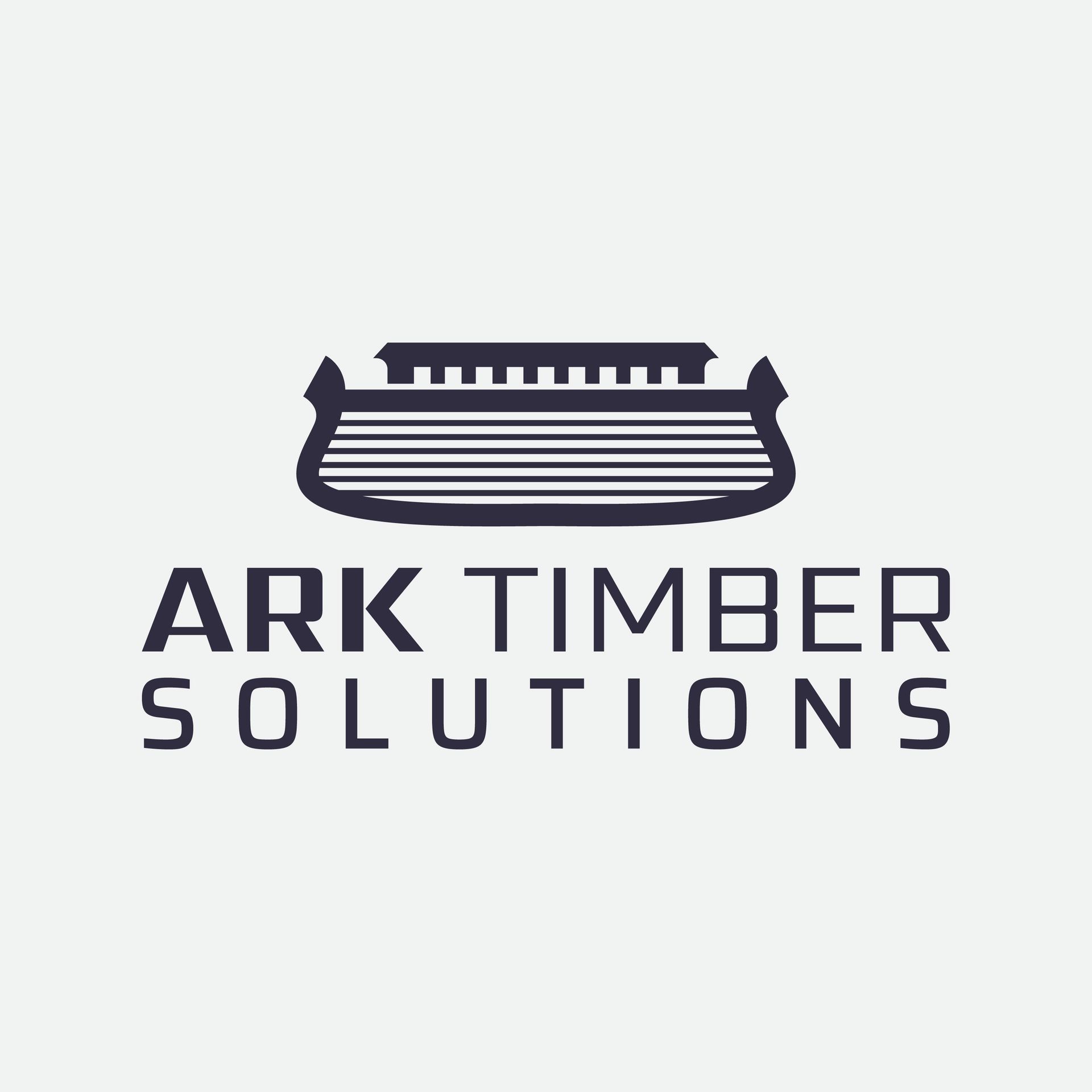Building Sustainably: The Advantages of Timber Frame Construction
Understanding Timber Frame Construction
Timber frame construction is an age-old building method that has gained renewed popularity in recent years due to its sustainability and efficiency. This technique involves creating a structural frame from large timber pieces, which are then filled with insulation and other materials. The result is a sturdy, eco-friendly structure that offers numerous benefits over traditional building methods.
The resurgence of timber frame construction is largely due to its environmental benefits. As concerns about climate change and resource depletion grow, builders and homeowners alike are seeking greener alternatives. Timber, being a renewable resource, fits perfectly into this narrative, providing a sustainable option for modern construction needs.

Environmental Benefits of Timber Frame Construction
One of the most significant advantages of timber frame construction is its environmental impact. Timber is a natural, renewable resource that can be sustainably harvested and replenished. Moreover, trees absorb carbon dioxide as they grow, making timber a carbon-neutral material when sourced responsibly.
Additionally, timber frame buildings often have higher energy efficiency compared to traditional construction. The natural thermal properties of wood help maintain a consistent indoor temperature, reducing the need for artificial heating and cooling. This not only lowers energy bills but also reduces the carbon footprint of the building.
Reduced Waste and Lower Impact
Timber frame construction generates less waste compared to conventional building methods. The precision-cut components are typically manufactured off-site, minimizing on-site waste and reducing the environmental impact of the construction process. Furthermore, any timber waste can often be recycled or repurposed, further enhancing the sustainability of this building approach.

Design Flexibility and Aesthetic Appeal
Beyond its environmental benefits, timber frame construction offers significant design flexibility and aesthetic appeal. The open floor plans made possible by timber frames allow for expansive spaces and creative architectural designs. This versatility makes timber frame homes highly customizable to fit personal tastes and functional needs.
The natural beauty of exposed timber beams adds warmth and character to any structure, making it an attractive option for those seeking both aesthetic appeal and structural integrity. The unique look of timber frames can enhance the overall design of residential and commercial properties alike.

Durability and Longevity
Timber frame buildings are renowned for their durability and longevity. When properly maintained, these structures can last for centuries. The robust nature of large timber beams provides excellent structural support, making them resistant to various environmental stresses.
This durability is not only beneficial for the longevity of the building but also adds value over time. A well-constructed timber frame home can be a sound investment, offering both immediate comfort and long-term financial benefits.
Cost-Effectiveness
While the initial costs of timber frame construction can be higher than traditional methods, the long-term savings often offset these expenses. The energy efficiency of timber frame homes can lead to lower utility bills, while their durability reduces maintenance costs over time.
Moreover, the speed of construction with pre-manufactured components can lead to reduced labor costs and faster project completion times. This efficiency makes timber frame construction an attractive option for both homeowners and developers looking to build sustainably without sacrificing quality or budget.
